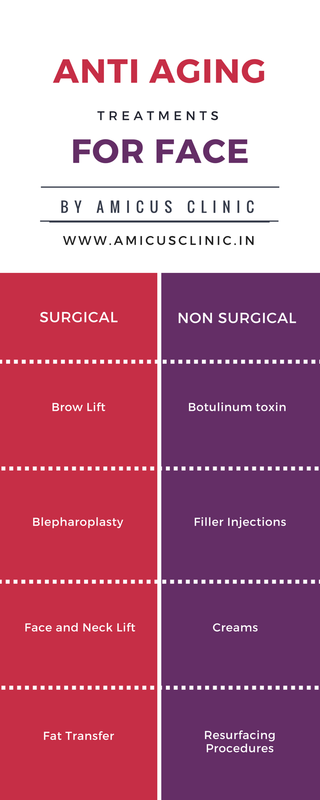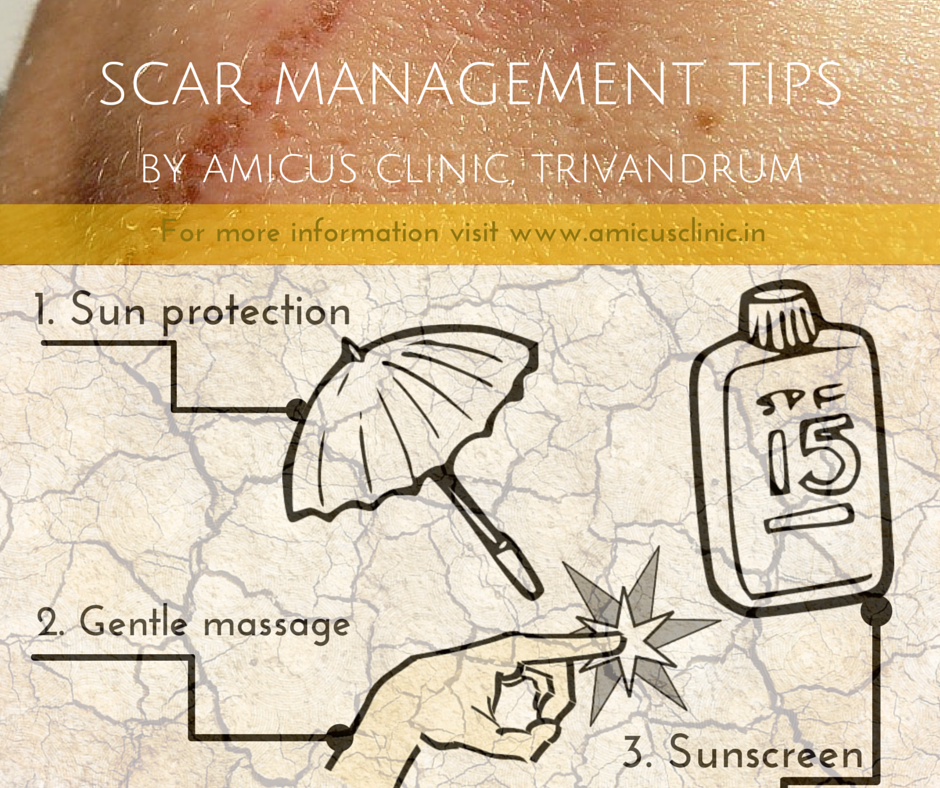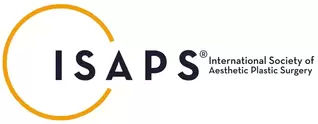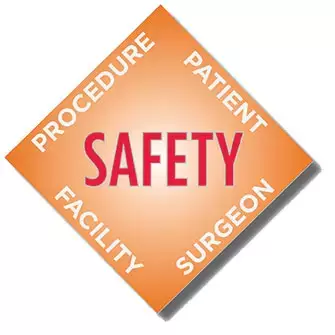|
Yes, it can, when the obstruction is due to structural abnormalities. Nasal obstruction is a common symptom and it can be as a result of : 1. Structural causes 2. Infection 3. Allergies 4. Vasomotor rhinitis Structural abnormalities which lead to nasal obstruction include a deviated nasal septum and associated hypertrophy of turbinates, growths and collapse of the internal and external nasal valves. The cause of nasal obstruction is determined after history taking, clinical examination and investigations like endoscopy. Treatment is based on the cause and it is usually possible to alter the abnormal anatomy to improve air flow. The deviated septum can be re-positioned in the midline. In adults often a part of the septum is removed when it is referred to as septoplasty. Hypertrophy of turbinates (shelf-like protrusions from the sidewalls ) is treated by conservative reduction. Sometimes the abnormal air flow patterns can be as a result of a collapse of internal and external nasal valves. This can be as a result of trauma or surgery. The collapse of the valves is usually managed with cartilage grafts. Addressing the abnormality of the obstruction as well as preventing them becomes an important part of a rhinoplasty. Rhinoplasty is one area of plastic surgery where both appearance and function are equally important and inseparable. To learn more about rhinoplasty, click here.
These are popular body contouring procedures which help one attain a more youthful and lean appearance. But they differ in their indications, scope and recovery periods. Sometimes liposuction is done as an additional step in patients undergoing a tummy tuck. Liposuction can be carried out in other parts of the body like back, neck, thighs and arms.
Liposuction involves removal of the fat from the layers outside the abdominal muscles. This is done with the help of small tubes which are inserted through the skin. The access incisions are usually lesser than 5 mm. The resultant scarring is usually inconspicuous. There may be some amount of contraction of the overlying skin in individuals with good skin tone. Tummy tuck is a more extensive procedure and includes a series of steps to 'tighten' the abdomen. It is indicated in patients with excess skin and lax abdominal muscles. It is preferred when there are coexisting hernias of the abdomen. The incision is placed in the lower part of the abdomen such that the scar is easily concealed by an undergarment. Laxity of abdominal muscles is tackled by plication (tightening) of the layers of fascia which invest these muscles. Excess of skin is removed in the shape of an ellipse immediately above the incision. Liposuction is often combined with a tummy tuck in case there is excess fat in the upper abdomen and flanks. The recovery period of a tummy tuck is longer when compared to liposuction. To summarize, the parameters that help one decide between isolated abdominal liposuction or tummy tuck depend on the following: 1. Excess skin with poor skin tone 2. Laxity of abdominal muscles 3. Excess fat If the patient has an excess of skin with a poor tone of abdominal muscles they are usually better served with a tummy tuck. Patients with isolated fat excess are good candidates for abdominal liposuction. |
AuthorI like to keep it simple. CategoriesArchives
June 2024
Categories |
- Home
-
Cosmetic
- Fat grafting
- Swellings and moles
- Scar revision
- Leukoderma (Melanocyte transfer)
- Hair transplant
- Facial rejuvenation procedures
- Nose job (Rhinoplasty)
- Cleft lip nose correction
- Ear (Otoplasty)
- Lip reduction
- Breast augmentation
- Breast reduction
- Tuberous breasts
- Axillary breasts
- Gynecomastia
- Liposuction
- Brachioplasty (Arm contouring)
- Abdominoplasty (Tummy tuck)
- Female genital rejuvenation
-
Reconstructive
- Contact
- Blog
- Home
-
Cosmetic
- Fat grafting
- Swellings and moles
- Scar revision
- Leukoderma (Melanocyte transfer)
- Hair transplant
- Facial rejuvenation procedures
- Nose job (Rhinoplasty)
- Cleft lip nose correction
- Ear (Otoplasty)
- Lip reduction
- Breast augmentation
- Breast reduction
- Tuberous breasts
- Axillary breasts
- Gynecomastia
- Liposuction
- Brachioplasty (Arm contouring)
- Abdominoplasty (Tummy tuck)
- Female genital rejuvenation
-
Reconstructive
- Contact
- Blog
You can leave us a comment using the contact form below.
We shall get back to you at the earliest.
We shall get back to you at the earliest.
Links
- Face procedures | Rhinoplasty, Otoplasty, Lip reduction, Fat grafting
- Body procedures | Gynecomastia , Breast reduction, Abdominoplasty, Brachioplasty, Liposuction
- Skin procedures | Scar revision, Moles, Leukoderma surgery
Let's be friends !
Follow us at Facebook and Twitter.
Follow us at Facebook and Twitter.
© 2024 Amicus Clinic (Plastic Surgery Centre, Trivandrum). All rights reserved.


 RSS Feed
RSS Feed



